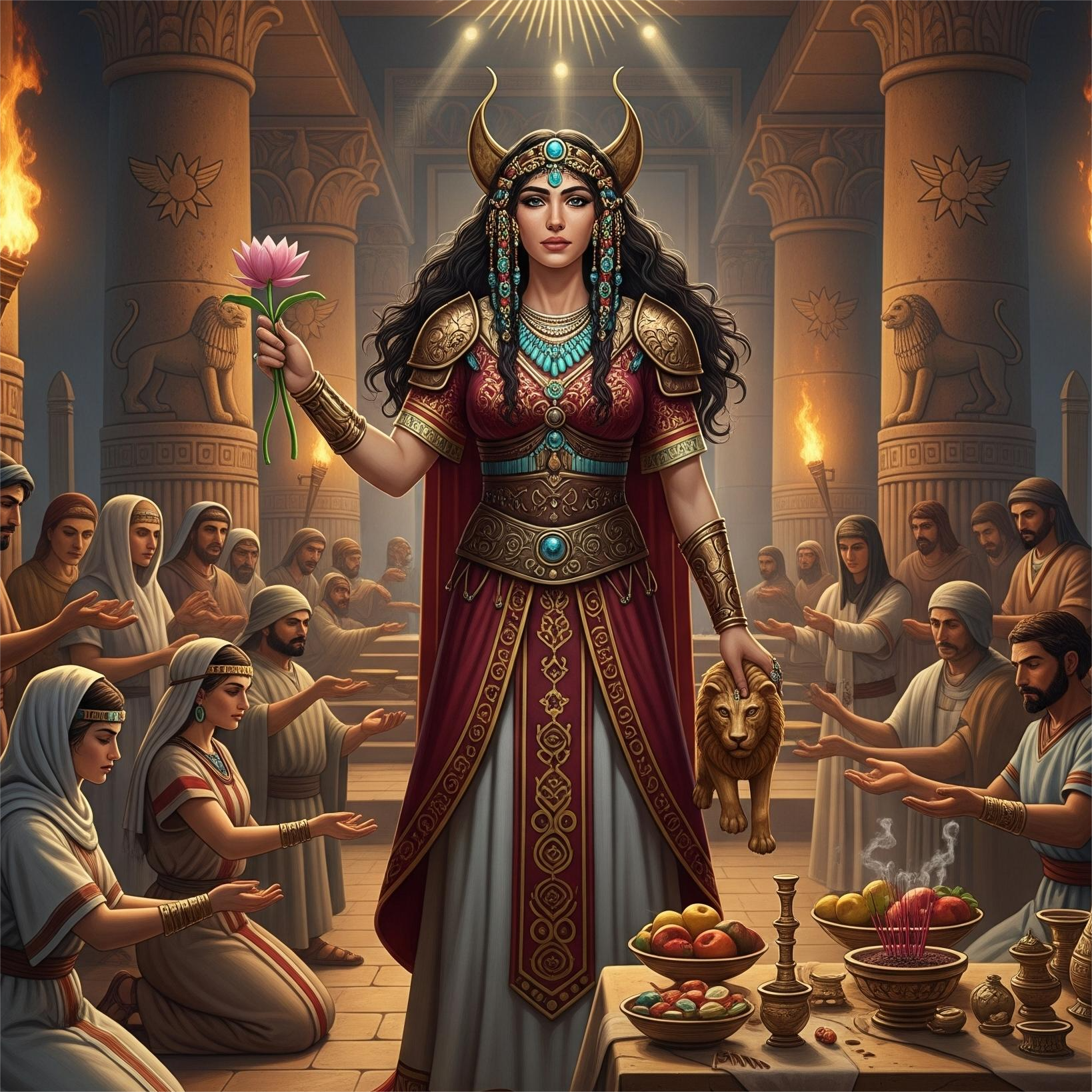The Moche civilization thrived on the northern coast of Peru from around 100 to 700 CE. Known for their elaborate art and engineering, they provide a window into pre-Columbian culture and society.
Artistic Achievements
Moche artisans produced intricate pottery, depicting daily life, ceremonies, and mythological scenes. They also built monumental adobe structures, including the Huacas del Sol y de la Luna, which functioned as ceremonial centers and elite tombs.
Rituals and Religion
Human sacrifice played a significant role in Moche religious life, often linked to agricultural fertility and appeasing gods. Their mythology centered on deities associated with nature, water, and the cosmos.
Tomb Discoveries
Excavations of Moche tombs, such as the Lord of Sipán, revealed extraordinary burial goods including gold, jewelry, and ceremonial artifacts. These discoveries highlight social hierarchy, craft specialization, and ritual practices.
Legacy
The Moche influence continues to inform studies of pre-Columbian civilizations, emphasizing the sophistication of ancient Andean cultures. Their artistic and ritual traditions remain a focus for historians and archaeologists.







